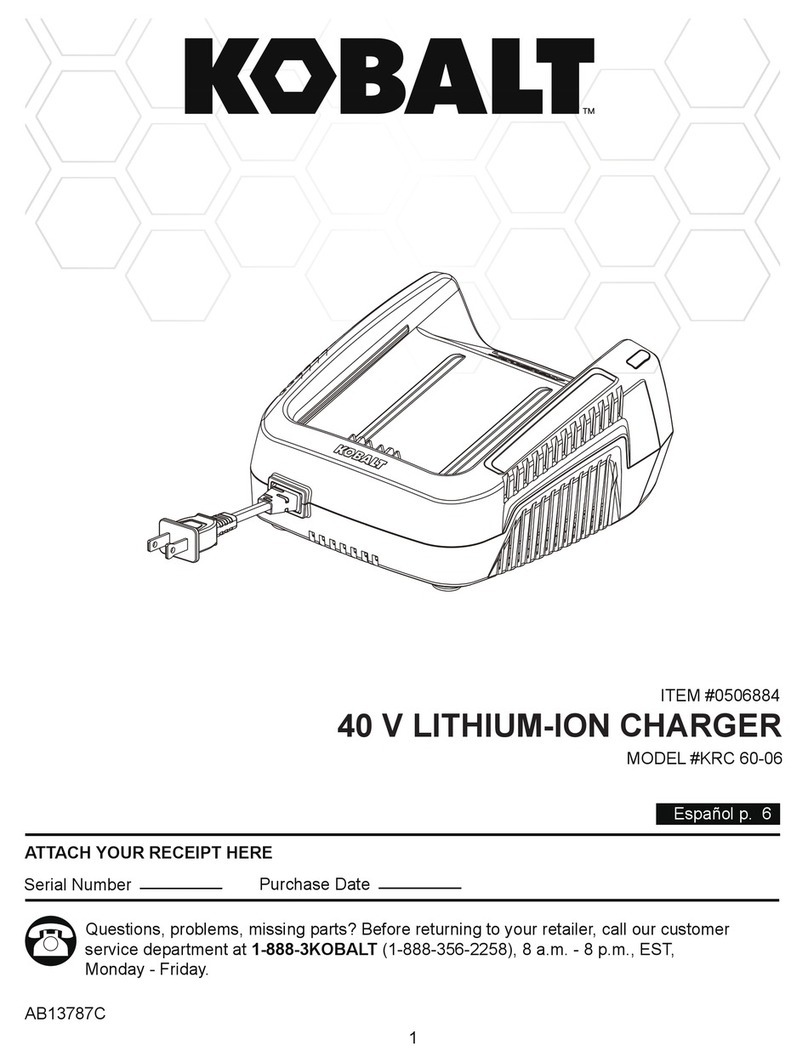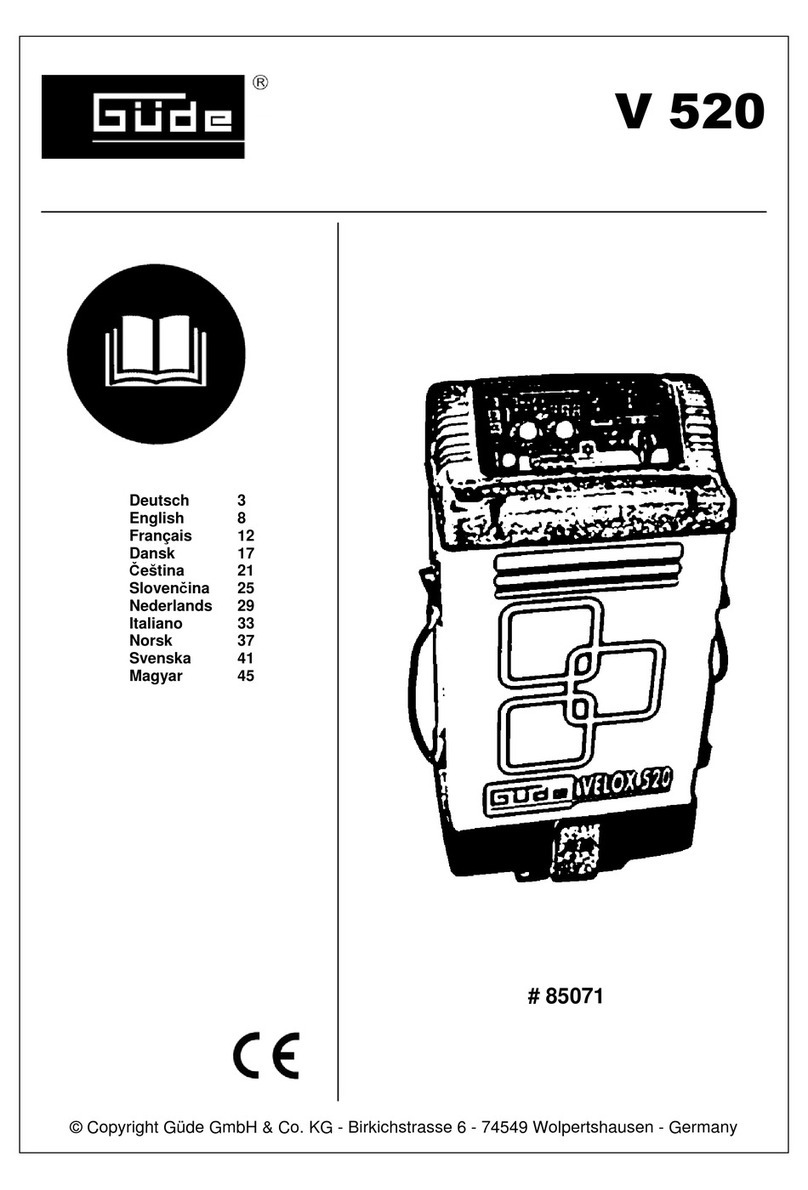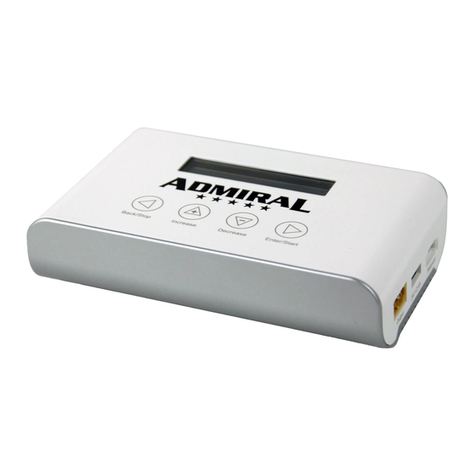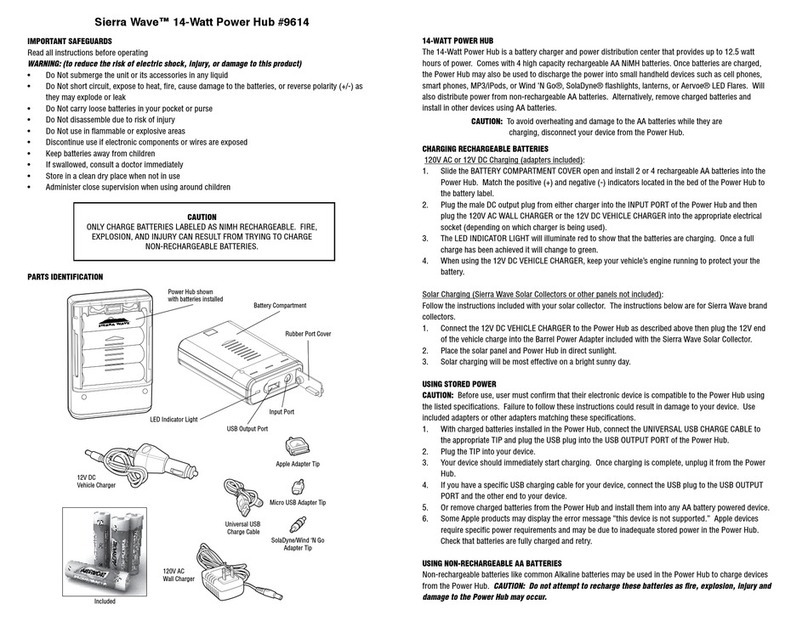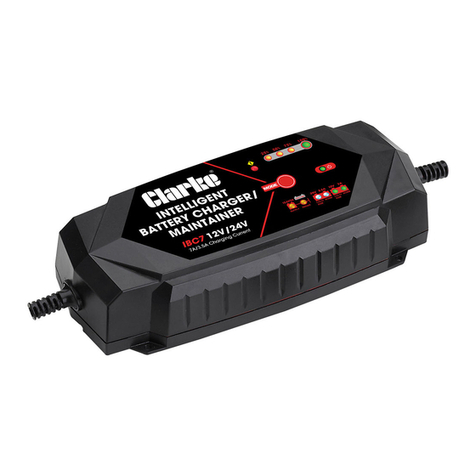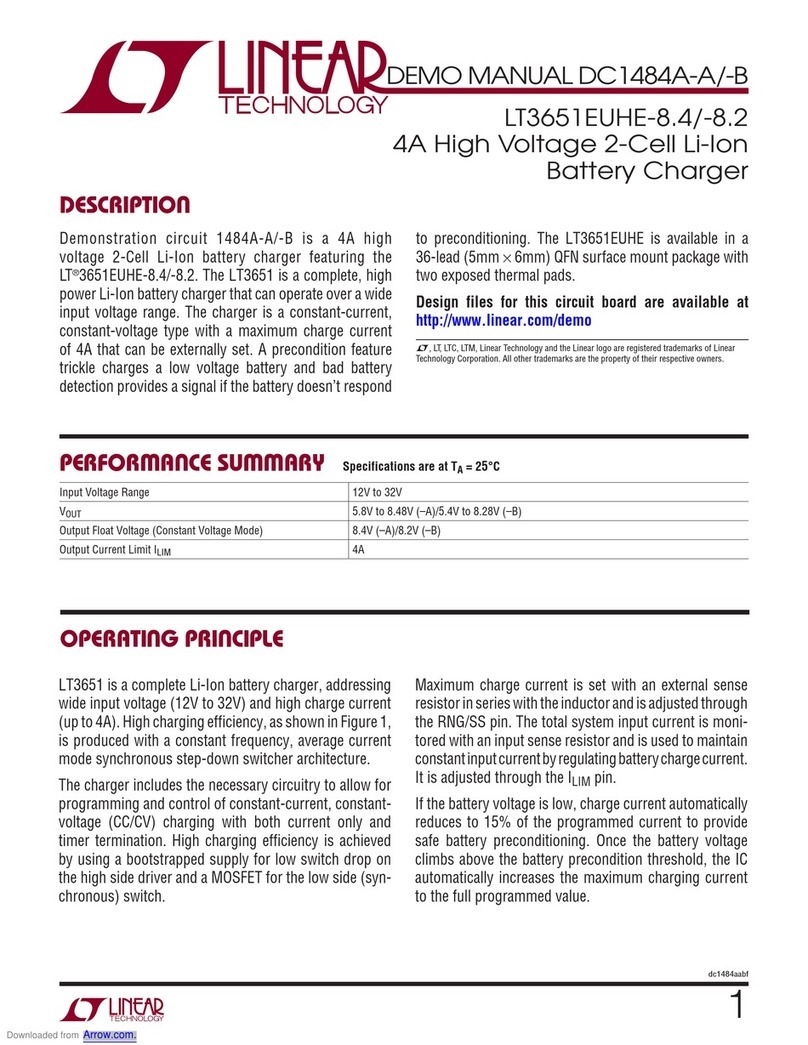SPT SPTUSBSCB Technical Document

INSTALLATION MANUAL AND
OPERATING INSTRUCTIONS
SPTUSBSCB and SPTUSBSCC
Dual USB Charging Port
SPT Dual Charge Port
By Superior Panel Technology
FOREWORD
This manual provides information intended for use by persons who, in accordance with current
regulatory requirements, are qualified to install this equipment. If further information is required,
please contact:
Superior Panel Technology
PO Box 1562 Chesterfield, VA 23832
Phone: 562-776-9494
© 2019 Superior Panel Technology

REVISION HISTORY
Rev. Date Approved Detail
A 06/25/19 WB Initial release.
TABLE OF CONTENTS
SECTION 1 GENERAL DESCRIPTION
1.1 INTRODUCTION
1.2 TECHNICAL SPECIFICATIONS
1.2.1 ELECTRICAL ATTRIBUTES
1.2.2 PHYSICAL ATTRIBUTES
SECTION 2 PRE-INSTALLATION CONSIDERATIONS
2.1 COOLING
2.2 EQUIPMENT LOCATION
2.3 ROUTING OF CABLES
SECTION 3 INSTALLATION PROCEDURES
3.1 GENERAL INFORMATION
3.2 UNPACKING AND INSPECTING
3.3 CABLE HARNESS
3.3.1 WIRE GAUGE SELECTION
3.3.2 WIRE ASSIGNMENT INFORMATION
3.3.3 HARNESS VERIFICATION
3.4 MOUNTING
SECTION 4 OPERATION
4.1 ELECTRICAL PERFORMANCE
4.2 PROTECTIVE FEATURES
4.2.1 SHORT CIRCUIT PROTECTION
4.2.2 OVER-CURRENT PROTECTION
4.2.3 LOW INPUT VOLTAGE SHUTDOWN
4.2.4 OVER-TEMPERATURE
SECTION 5 CONFORMANCE
5.1 CONTINUED AIRWORTHINESS STATEMENT

SECTION 1: GENERAL DESCRIPTION
1.1 INTRODUCTION
Both SPTUSBSCB and SPTUSBSCC units here on out will be referred to as the “SPTUSBSC”! They are
the same exact unit with the exception of the color anodizing of the front face plate. The SPTUSBSC
Dual USB Charging Port is an accessory that converts 14-28 volts of DC electrical input from the
aircraft to standard 5V power to charge any electronic product that charges using a USB connector.
The SPTUSBSC provides two Universal Serial Bus-A (USB-A) ports and can be rear mounted with an
attractive face plate for a clean, finished look.
This Dual USB Charging Port is designed as a DCP (Dedicated Charging Port) to industry-standard
protocol per the USB Battery Charging 1.2 Compliance Plan. Early-generation or smaller consumer
electronics typically accept one (1.0) amp of power during charging. However, newer electronics, such
as the Apple iPad, other tablets and larger devices can accept and, in some cases, require up to 3.4
amps of power to charge and operate. As a high power DCP, the SPTUSBSC can provide up to 3.4
amps of power to charge any USB device, including the higher demand products. Unlike most dual
USB chargers which provide 1.0 amp on the first port and 2.1 amps on the second port, the
SPTUSBSC can provide 3.4 amps of power to both ports simultaneously. With features like short circuit
protection, over-current protection, low voltage shut-down and temperature monitoring, it can handle
unforeseen conditions safely.
Small, compact and powerful, with plenty of installation flexibility, the SPTUSBSC is an ideal choice
when selecting a highly useful and effective addition for any aircraft.
1.2 TECHNICAL SPECIFICATIONS
1.2.1 ELECTRICAL ATTRIBUTES
Input Voltage: 14-28 VDC
Input Power: 48 watts max; 3.4 amps @ 14 VDC / 1.7 amps @ 28 VDC
Output Voltage: 5 VDC ±0.25 per port
Output Power: 3.4 amps max per port
Efficiency: 90%~97%
Table 1.1
1.2.2 PHYSICAL ATTRIBUTES
Weight: 44 grams, 0.097 pounds
Dimensions: (not including connector) .83 inches wide X 1.41 inches high X 1.46 inches deep
Charging Ports Type: USB Standard-A

SECTION 2: PRE-INSTALLATION CONSIDERATIONS
2.1 COOLING
No external cooling is required. The unit will become warm when in use. This is normal and within
operational parameters. No special mounting considerations are required; however, mounting to a
metal surface can help dissipate any heat generated and extend the life of the product.
2.2 EQUIPMENT LOCATION
The SPTUSBSC Dual USB Charging Port can be mounted in any orientation and can be mounted in the
cockpit or cabin. It is designed to be panel mounted or can be installed with an optional L bracket.
2.3 ROUTING OF CABLES
Avoid sharp bends in cabling and routing near aircraft control cables. Avoid close proximity and
contact with aircraft structures, avionics equipment or other obstructions that could chafe wires and
cause a short.

SECTION 3: INSTALLATION PROCEDURES
3.1 GENERAL INFORMATION
This section contains interconnect diagrams, mounting dimensions and other information pertaining to
the installation of the SPTUSBSC Dual USB Charging Port. After installation of cabling and before
installation of the equipment, ensure that power and ground are applied to the proper wire.
3.2 UNPACKING AND INSPECTING EQUIPMENT
When unpacking this equipment, make a visual inspection for evidence of any damage that may have
occurred during shipment. The following parts should be included:
a. Dual USB Charging Port
b. Connector Kit
1. Aluminum face plate B for Black
or C for Clear.
2. Screws, #4-40 flat-head (2)
c. Installation Manual
d. Cutout template
Optional Equipment Available:
a. Under panel “L” bracket mounting kit
-SPTUSBSC-LB
Equipment Not Provided:
a. Cable Harness Wire
b. Circuity Breaker
Recommendation 5 amp (14v sys)
3 amp (28V sys)
3.3 CABLE HARNESS
Construct the cable harness following the instructions outlined below and per Figure 3.1
below. Refer to Section 2: Pre-Installation Considerations, for routing precautions.
3.3.1 WIRE GAUGE SELECTION
Use of PTFE, ETFE, TFE, Teflon or Tefzel insulated wire is recommended for aircraft use.
The wire harness should utilize 18-20 AWG stranded wire. Refer to table 3.1 below.
Wire Gauge Wire Length
18 AWG stranded wire >14 ft
20 AWG stranded wire <14 ft
TABLE 3.1
Wire Gauge and Length

3.3.2 WIRE ASSIGNMENT INFORMATION
INPUT POWER:
Red wire – Positive DC input +14 to +28 VDC power
Black wire – Negative DC input / ground
3.3.3 HARNESS VERIFICATION
WARNING:
Failure to install aircraft power and ground wires in the proper wiring configuration will
permanently damage the unit.
Once the cable harness is prepared, prior to connecting the SPTUSBSC, activate the
aircraft power bus and use a multimeter to verify that aircraft power and ground is
supplied with appropriate voltage on the proper wire to be connected to the SPTUSBSC.
3.4 MOUNTING
Prepare the panel cutout using the supplied cutout template.
FIGURE 3.2
SPTUSBSC Outline Drawing
DO NOT USE above drawing for template (not to scale).
Use template provided.

SECTION 4: OPERATION
4.1 ELECTRICAL PERFORMANCE
The SPTUSBSC Series Dual USB Charging Port converts an aircraft (DC) input voltage within the range
specified to a 5V (DC) output. This output power is applied to each of the USB ports as an
independent circuit. The USB D+ and D- data lines communicate with the USB portable device to tell
the device it is a dedicated charging port (DCP), capable of a higher current than a standard USB port.
This allows the USB portable device to draw up to 3.4 amps per port. The unit is designed as a DC-to-
DC converter and supports multiple fast charging protocol technologies. Each port is independent and
reduces the output current to a safe level if the USB portable device draws excess current, is shorted
or has a fault.
If the temperature of the SPTUSBSC becomes elevated due to a fault or excessive load, the device will
seamlessly communicate with the USB portable device to lower the charge current. This allows the
device to continue charging while the unit returns to a temperature within designed limits. When the
temperature returns to a safe level the SPTUSBSC will automatically reestablish the higher charge
current level with the device and continue charging.
4.2 PROTECTIVE FEATURES
4.2.1 SHORT CIRCUIT PROTECTION
The SPTUSBSC is capable of surviving a short circuit event without permanent damage. The
unit goes into an over-current condition so that the average current is significantly reduced,
and the device is protected.
4.2.2 OVER-CURRENT PROTECTION
The SPTUSBSC monitors the current draw individually on each port. During an over-current
condition, the voltage is reduced.
4.2.3 LOW INPUT VOLTAGE SHUTDOWN
If the input voltage applied to the SPTUSBSC drops below 10 VDC the unit will shut down
until the applied voltage returns to a level within range.
4.2.4 OVER-TEMPERATURE
When the temperature of the SPTUSBSC becomes elevated, the unit communicates with the
USB portable device to reduce the charge current output (1 amp limit). When the
temperature returns to an acceptable level the unit automatically returns to a higher charge
current as required (up to 3.4 amps).
SECTION 5: CONFORMANCE
5.1 CONTINUED AIRWORTHINESS STATEMENT
No periodic scheduled maintenance or calibration is necessary for continued airworthiness of the
SPTUSBSC series Dual USB Charging Port. If the unit fails to perform to specifications, the unit must be
removed and serviced by Superior Panel Technology.
This manual suits for next models
1
Table of contents
Other SPT Batteries Charger manuals
Popular Batteries Charger manuals by other brands
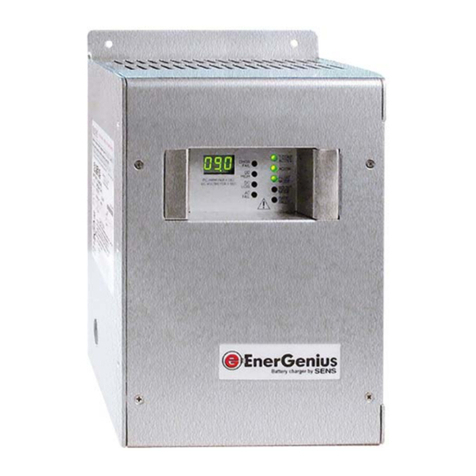
Sens
Sens NRG12-10 Installation & operation manual
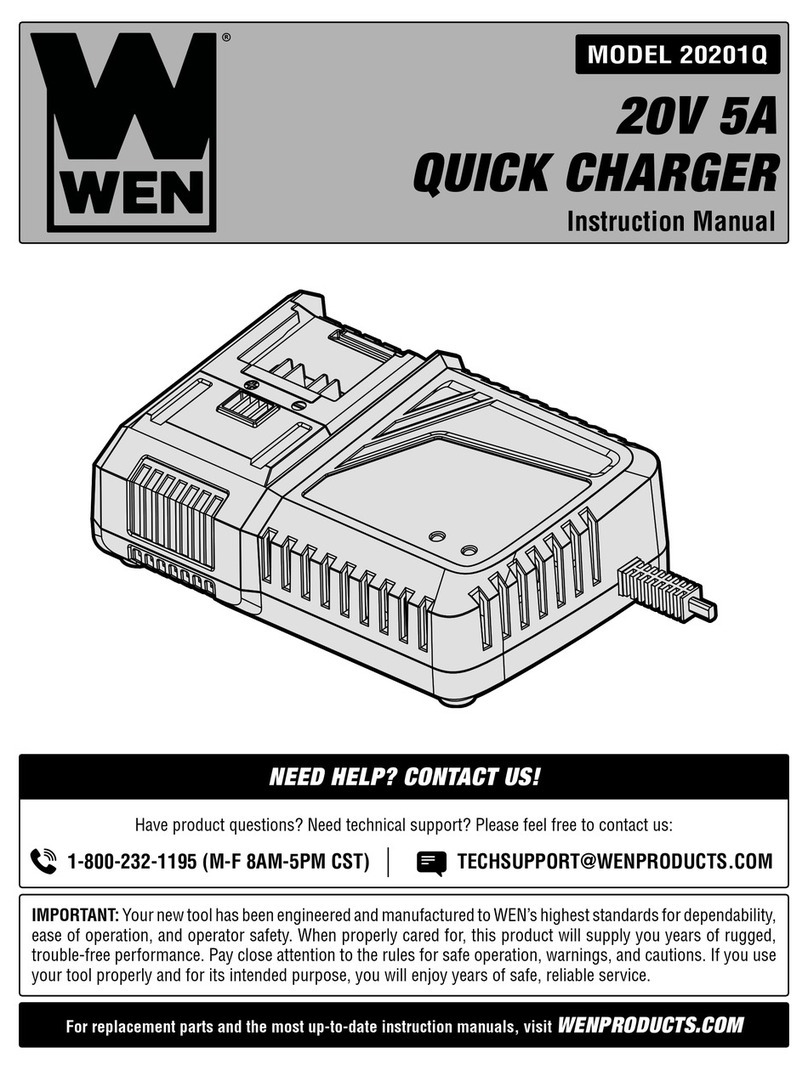
Wen
Wen 20201Q instruction manual

Quick
Quick SBC NRG Series Manual of installation and use

Sterling Power
Sterling Power Portable Battery Charger B124 instruction manual

Applied Energy Solutions
Applied Energy Solutions WorkHorse operating instructions
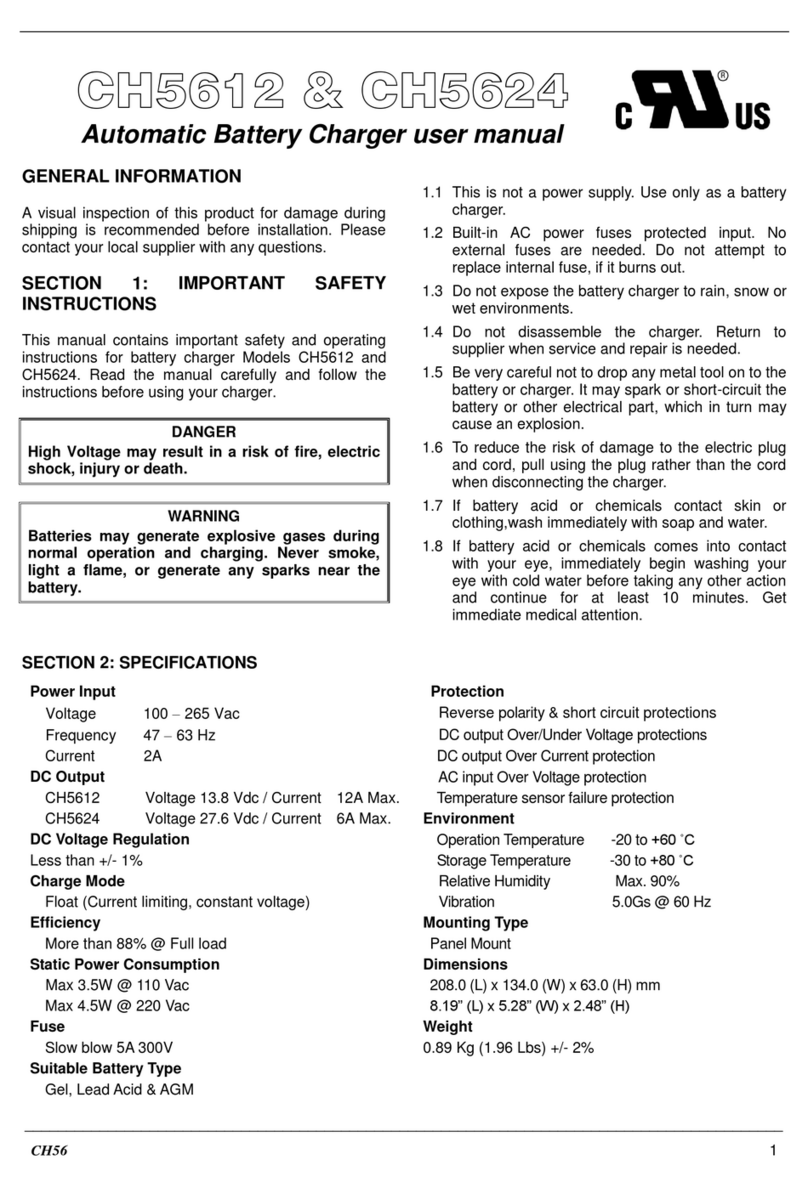
Kutai electronics
Kutai electronics CH5612 user manual

